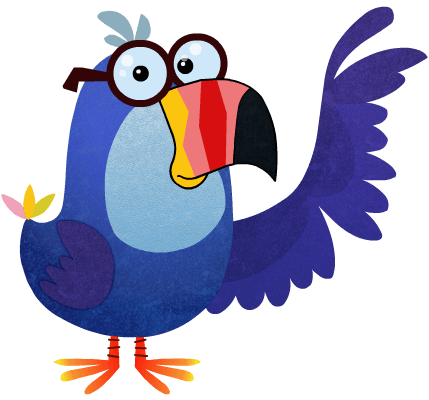¿Crear frases tontas? No suena muy bien, mas sin embargo es divertido ver como combinando cuatro palabras podemos crear frases.
 Usando el “¿quién?” “¿qué?” “¿cuándo?” y “¿dónde?” podemos construir bastantes frases que nos ayudan a aprender el español, a usar nuestra imaginación y a divertirnos.
Usando el “¿quién?” “¿qué?” “¿cuándo?” y “¿dónde?” podemos construir bastantes frases que nos ayudan a aprender el español, a usar nuestra imaginación y a divertirnos.
Adicionalmente podemos utilizar este ejercicio como un ejercicio didáctico, puedes preguntar a los niños: ¿Quién desarrolla la acción en la frase?, ¿qué acción está realizando?, ¿dónde realiza esa acción y cuándo la realiza? Vas a ver todas las frases que los pequeños pueden crear y la forma en cómo van a interpretar cada una.
Aprender usando la imaginación es una característica humana; tratar de decir y crear frases, escribirlas e intuir las diferentes acciones, desarrolla la creatividad y nos entretiene.
Observemos y analicemos la frase:
“mi vecino lee un libro temprano en la mañana en el castillo”
Podemos cerrar los ojos e imaginar a un hombre leyendo el libro en la mañana, tomando un rico café, y que mejor que en un castillo muy lejano… etc.
Mientras sea posible, debemos tratar de aprender y de pensar con mucha imaginación. Como si estuviésemos viendo un programa en la televisión, o una película en el cine, o una obra de teatro divertida y con muchos colores. Aunque estoy convencida de que el aprendizaje de un lenguaje se logra con mucha repetición y practica, es importante en nuestro diario vivir usar nuestra imaginación.
_________________________________________________________
Let’s build silly phrases? MMM… That doesn’t sound too good. Well it might sound more interesting if you are able to combine four different words and create our silly phrase.
Using who, what, when and where, we can build a bunch of phrases that can help us learns Spanish, and uses our imagination to have a good time!
Additionally we can use this lesson to ask the children questions: Who develops the action of the phrase? What are they doing? Where and when does the action occur? You will see that all the phrases that the little ones create are easy to understand.
Learning using your imagination is a human characteristic; trying to create silly phrases, writing them down and combining the different words, develops the creativity of our mind and helps us retain more of the material.
For example let’s look at and analyze this phrase:
“My neighbor reads a book, early in the morning in the castle”
Let’s see how a single phrase creates a whole story. We can close our eyes and imagine the man reading the book very early in the morning, with a delicious coffee, and, even better, in a far away castle.
A whole story in a simple phrase! So use all the time you have, to learn and think, with a lot of imagination. Just like watching a movie, or TV. Although we are really convinced that learning a new language takes a lot of practice, is important to incorporate imagination to our early learning.
Gracias,
OnlineFreeSpanish.com
A fun way to learn Spanish
Especially for kids of all ages.
facebook: freespanish
twitter: freespanish
youtube: onlinefreespanish
